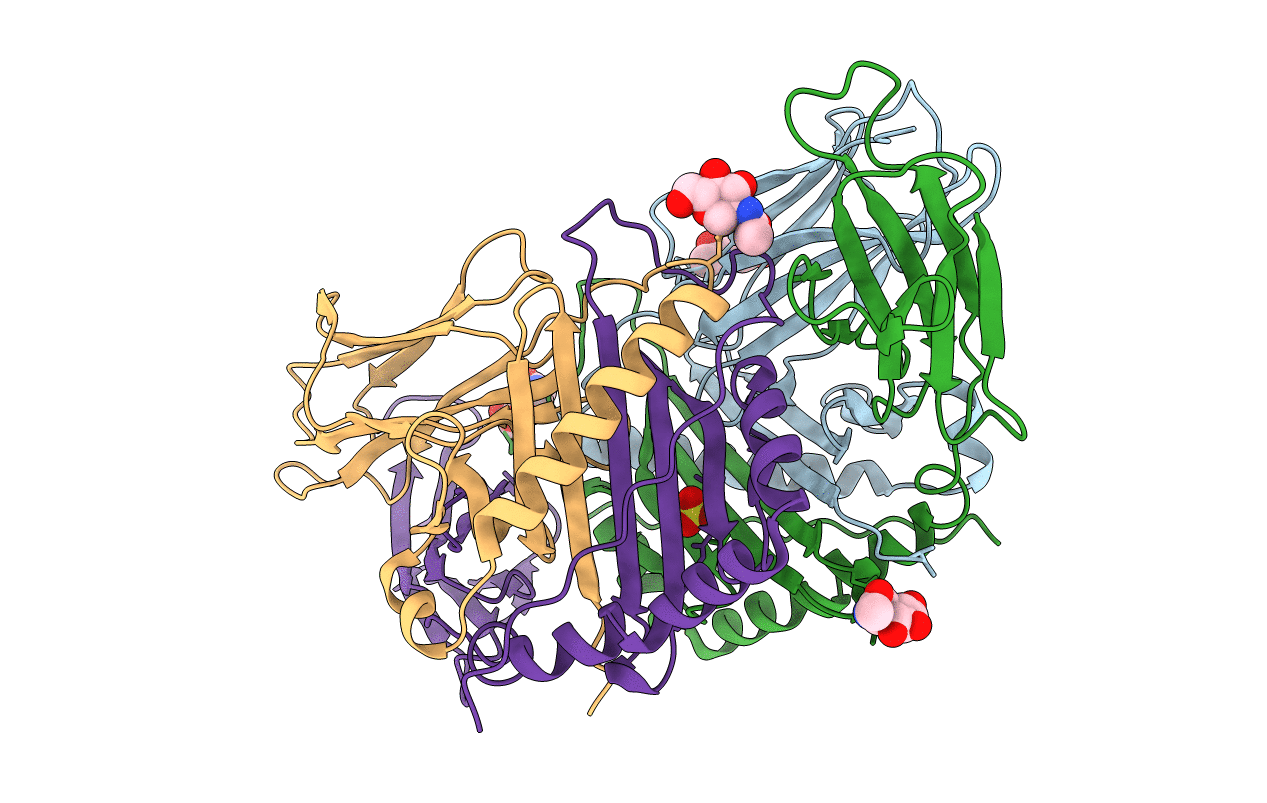
Deposition Date
2002-01-15
Release Date
2002-05-01
Last Version Date
2024-10-30
Entry Detail
PDB ID:
1KTD
Keywords:
Title:
CRYSTAL STRUCTURE OF CLASS II MHC MOLECULE IEK BOUND TO PIGEON CYTOCHROME C PEPTIDE
Biological Source:
Source Organism:
Mus musculus (Taxon ID: 10090)
Columba livia (Taxon ID: 8932)
Columba livia (Taxon ID: 8932)
Host Organism:
Method Details:
Experimental Method:
Resolution:
2.40 Å
R-Value Free:
0.27
R-Value Work:
0.22
Space Group:
C 1 2 1


